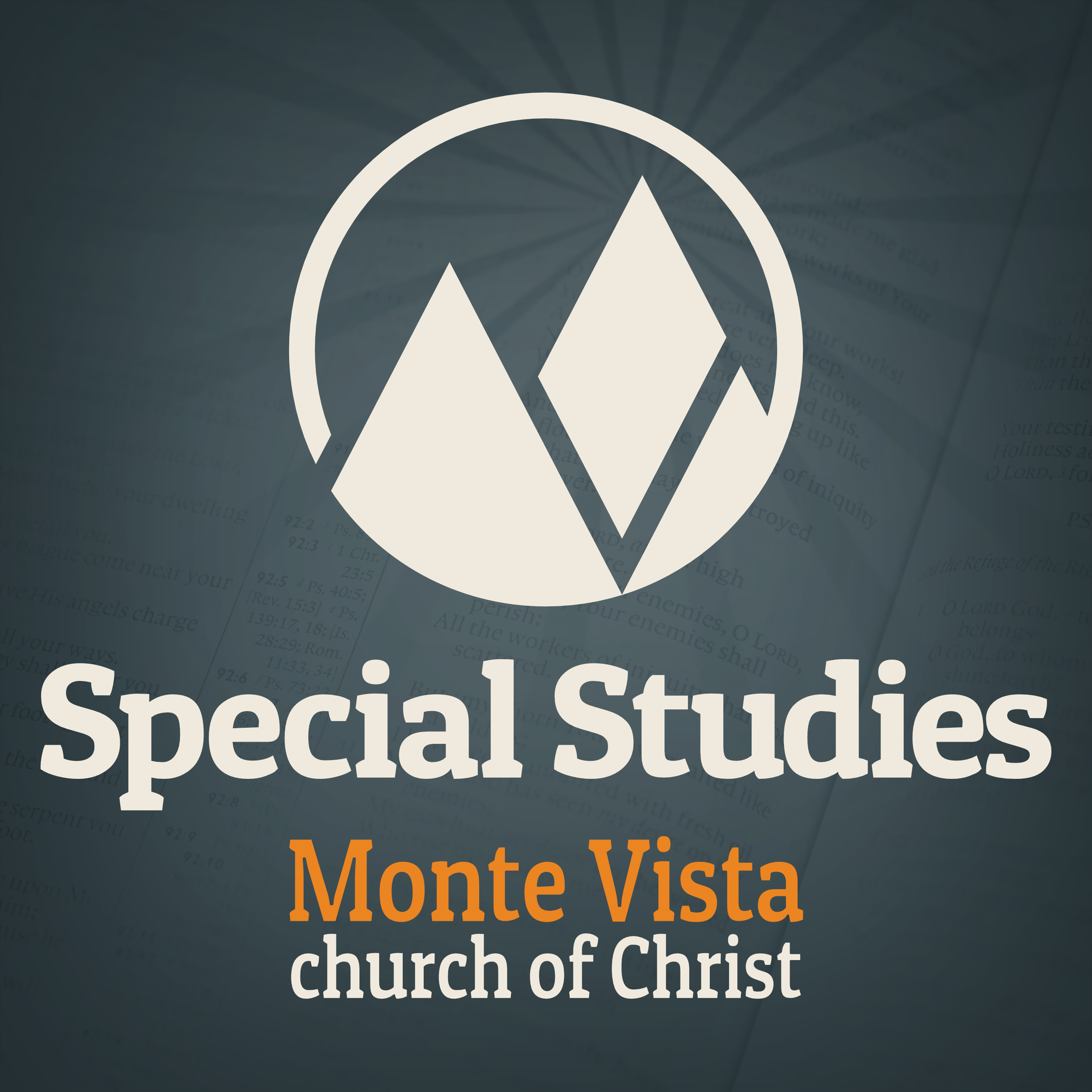Book Summary
- John’s second inspired epistle contains both doctrinal and practical instructions. Like the book of 1 John, most scholars agree that this book was probably written between 80-90 A.D. It was addressed to “the chosen lady and her children.” This language could be symbolic of the church. The letter does seem to be written to a group of Christians because many plural nouns are used.
- In verses 1-4, John expresses his love for these brethren and commends them for continuing to walk in the truth. As we learn in our 1 John study, walking in the truth is critical to being in fellowship with God.
- In 2 John 5, John encouragements the saints to continue loving one another. This is frequent admonition throughout John’s writings (John 15:12-17; 1 John 3:18; 4:19-21).
- In verses 6-11, we find the main subject of the book – the danger of false teachers. These false teachers were probably Gnostics (people who denied that Jesus came in the flesh). John urges the brethren not to be deceived by these false teachers (2 John 6-8), and to abide in the doctrine of Christ (2 John 9). Those who abide in the truth have fellowship with both the Father and the Son.
- Christians are not to greet or show hospitality to false teachers (2 John 10-11). Doing so would imply an endorsement for his error (2 John 11). There were many other things that John wanted to say to these saints, but he hoped to do so at a later time in person (2 John 12-13).
Book Questions
- What does it mean for a Christian to “walk in truth” (2 John 4)? Why is it so crucial for us to do this?
- What does John say about the deceivers of his time (2 John 7)? What warning does he give regarding these people (2 John 8)?
- What does it mean to “abide in the teaching of Christ” (2 John 9)? What will happen if we don’t do this?
